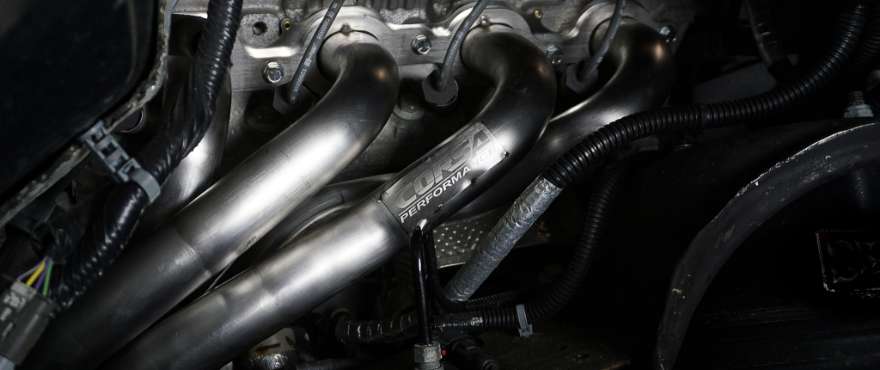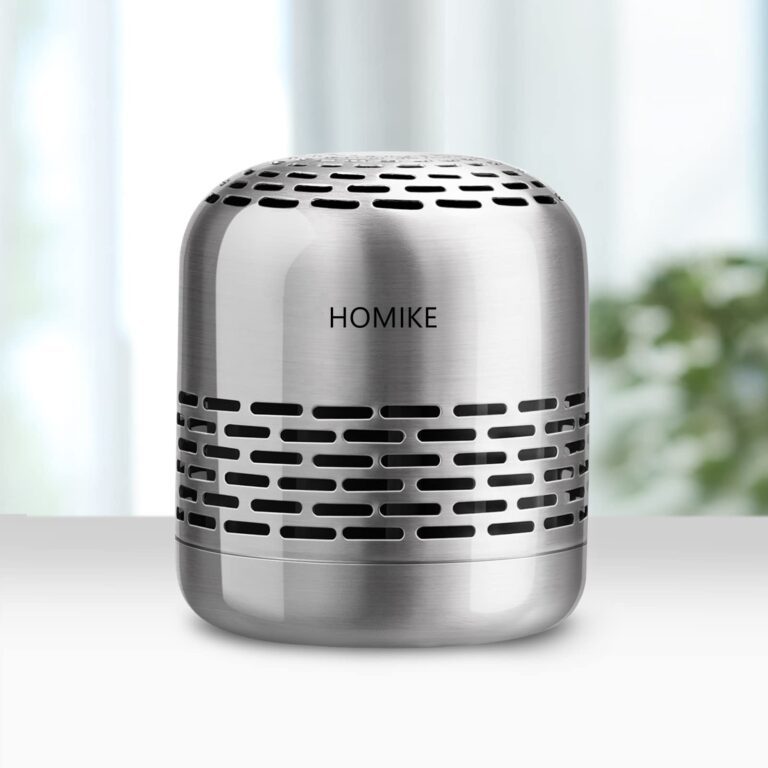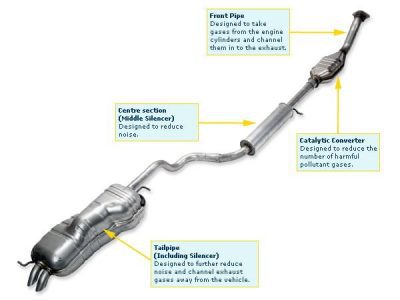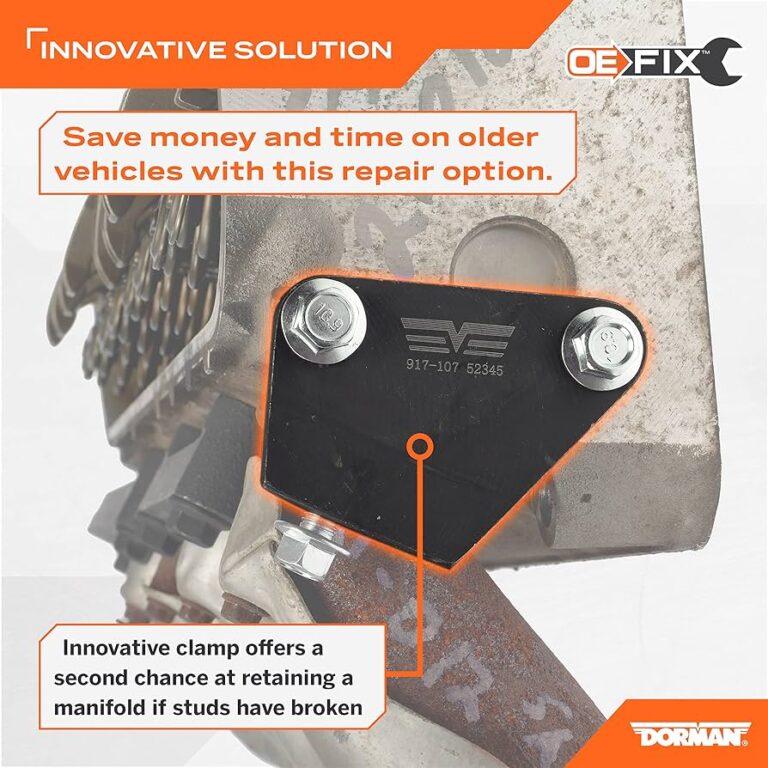Aftermarket Header : Boost Your Performance with Powerful Aftermarket Headers!
Aftermarket headers are aftermarket exhaust components designed to improve the performance and sound of a vehicle’s engine. These headers replace the factory-issued exhaust manifolds, allowing for increased exhaust flow and improved engine efficiency.
By optimizing the exhaust system, aftermarket headers can enhance horsepower and torque, leading to improved acceleration and overall performance. Additionally, aftermarket headers can also give vehicles a more aggressive and deeper exhaust note, enhancing the driving experience. Whether you are a performance enthusiast or simply looking to upgrade your vehicle, aftermarket headers can be a valuable addition to your vehicle’s exhaust system.
The Benefits Of Upgrading To Aftermarket Headers
Upgrading to aftermarket headers can provide several benefits for your vehicle’s engine performance. One of the key advantages is the improvement in engine performance, as aftermarket headers optimize the exhaust system. This optimization leads to increased horsepower and torque, allowing your engine to generate more power and acceleration.
Another benefit of aftermarket headers is enhanced exhaust flow. Standard factory headers can restrict the flow of exhaust gases, resulting in reduced engine efficiency. Aftermarket headers are designed to optimize the flow of exhaust, allowing for smoother and more efficient operation. The improved exhaust flow helps to reduce backpressure, improving overall engine performance.

Credit: www.vividracing.com
Choosing The Right Aftermarket Headers For Your Vehicle
Choosing the right aftermarket headers for your vehicle is crucial to achieving optimal performance. When considering compatibility, there are a few key factors to keep in mind.
Mandrel bent vs. crush bent headers: Mandrel bending ensures a smooth and even bend in the pipes, which helps to maintain consistent exhaust flow. On the other hand, crush bending may cause turbulence and restrict airflow.
Primary tube diameter and length: The diameter and length of the primary tubes directly impact exhaust flow and scavenging efficiency. Smaller diameter tubes provide higher exhaust velocity, while larger diameter tubes are better for high-performance engines. Similarly, shorter tubes enhance low-end torque, while longer tubes improve top-end power.
Material and coating options: Headers are typically made of stainless steel, mild steel, or ceramic-coated steel. Stainless steel offers excellent durability and corrosion resistance, while ceramic coatings provide enhanced heat insulation and protection.
Consider these factors when selecting aftermarket headers, as they will greatly influence your vehicle’s performance and sound. By choosing the right headers, you can unleash the full potential of your engine.
Installing Aftermarket Headers: A Step-by-step Guide
Gather Necessary Tools and Equipment: Before you begin installing aftermarket headers, make sure you have all the required tools and equipment. This may include a socket wrench set, a torque wrench, gaskets, new bolts, and an exhaust manifold gasket.
Removing the Stock Exhaust Manifold: Start by disconnecting the battery and allowing the engine to cool down. Then, remove any heat shields or components that may obstruct access to the exhaust manifold. Loosen the bolts and carefully remove the stock exhaust manifold from the engine.
Prepping the Engine Bay: Clean the engine bay and inspect for any damages or leaks. Install the new gaskets onto the aftermarket headers and ensure they are secured properly. Apply a small amount of anti-seize compound to the new bolts.
Installing the New Aftermarket Headers: Carefully position the aftermarket headers onto the engine block, aligning the bolt holes with the corresponding ones on the engine. Tighten the bolts gradually, alternating between sides, to ensure even distribution of torque.
Reconnecting the Exhaust System: Once the headers are securely in place, reconnect the exhaust system components, such as the downpipe and catalytic converter. Double-check all connections and tighten any loose bolts. Finally, reconnect the battery and start the engine to check for any leaks or abnormalities.
Maintaining And Troubleshooting Aftermarket Headers
Regular maintenance and inspection of aftermarket headers is essential to ensure optimal performance and longevity. Routine inspection involves checking for any visible signs of damage or wear, such as cracks, leaks, or loose connections. It is important to address these issues immediately to prevent further damage or potential safety hazards.
Cleaning the headers is another important aspect of maintenance. Over time, oil, dirt, and debris can accumulate on the headers, affecting their efficiency. Regular cleaning helps maintain the performance of the headers and prevents the buildup of harmful substances. Using a degreaser and a soft brush can effectively remove the dirt and grime. Avoid using abrasive cleaners or wire brushes that may damage the headers.
When it comes to common issues and concerns with aftermarket headers, exhaust leaks are a frequent problem. These can be caused by loose connections, worn gaskets, or cracked headers. Additionally, thermal cycling and excessive heat can lead to headers warping or cracking over time.
| Issue | Cause |
|---|---|
| Exhaust Leaks | Loose connections, worn gaskets, or cracked headers |
| Warping or Cracking | Thermal cycling and excessive heat |
Regular maintenance and inspections help identify and address these issues early on, minimizing further damage and reducing the risk of expensive repairs. By incorporating a maintenance routine, car owners can extend the lifespan of their aftermarket headers, ensuring optimal performance and reliability.
Frequently Asked Questions For Aftermarket Header
Are Aftermarket Headers Good?
Aftermarket headers can be a good option for enhancing vehicle performance. They offer better exhaust flow, increasing horsepower and torque. Additionally, they are usually made from high-quality materials and provide a deeper exhaust sound. However, it is important to choose reputable brands to ensure proper fitment and compatibility with your vehicle’s engine.
How Much Hp Will Aftermarket Headers Add?
Aftermarket headers have the potential to increase horsepower, but the exact amount varies depending on factors like the specific headers used and the vehicle’s engine. It’s recommended to consult with a professional mechanic or tuner to determine the potential horsepower gains for your specific vehicle.
Do Aftermarket Headers Require A Tune?
Aftermarket headers generally do not require a tune, but it can improve performance. Tuning can optimize your vehicle’s engine for better throttle response and power gains. However, if you are solely installing headers without any other performance modifications, a tune may not be necessary.
It is best to consult with a professional for your specific vehicle.
Which Headers Add Horsepower?
Headers that add horsepower include headers with a larger diameter, equal length headers, and headers with high flow designs. These headers optimize exhaust flow, increasing engine efficiency and ultimately boosting horsepower.
Conclusion
Aftermarket headers offer car enthusiasts a simple yet effective way to enhance their vehicle’s performance. With improved exhaust flow and reduced restrictions, these headers contribute to increased horsepower and torque. They also provide a deep, aggressive exhaust note that adds to the overall driving experience.
Investing in aftermarket headers can deliver significant gains in both performance and sound, making it a worthwhile upgrade for any automotive enthusiast. So, if you’re looking to take your car’s performance to the next level, consider installing aftermarket headers for an exhilarating ride.







